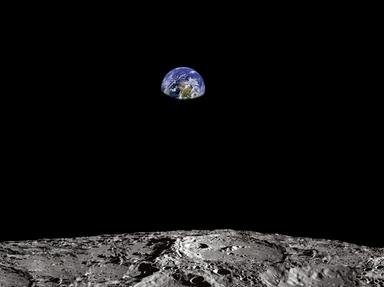Quiz Answer Key and Fun Facts
1. SPUTNIK the world's first artificial satellite was propelled into space by which launch vehicles?
2. The abbreviation of the Indian launch vehicle GSLV stands for?
3. What was the Russian equivalent of the American Space Shuttle?
4. What country operates Shitl, Start, Rockot and Dnepr launch vehicles?
5. What country operates the Long March series of launch vehicles?
6. Brazil is developing a launch vehicle of its own. What is it called?
7. The Command Module (CM), Service Module (SM) and Lunar Module (LM) are launched by which vehicle?
8. Which is the principal participating country of the Ariane space system?
9. The Israelies have a launch vehicle of their own. What is it called?
10. The N1 Super Booster of Russia is the equivalent of which American space Vehicle?
Source: Author
gharik
This quiz was reviewed by FunTrivia editor
bloomsby before going online.
Any errors found in FunTrivia content are routinely corrected through our feedback system.

